Costa Rican Shumawa Manor Black Honey Coffee flavour what are the characteristics of Costa Rican coffee
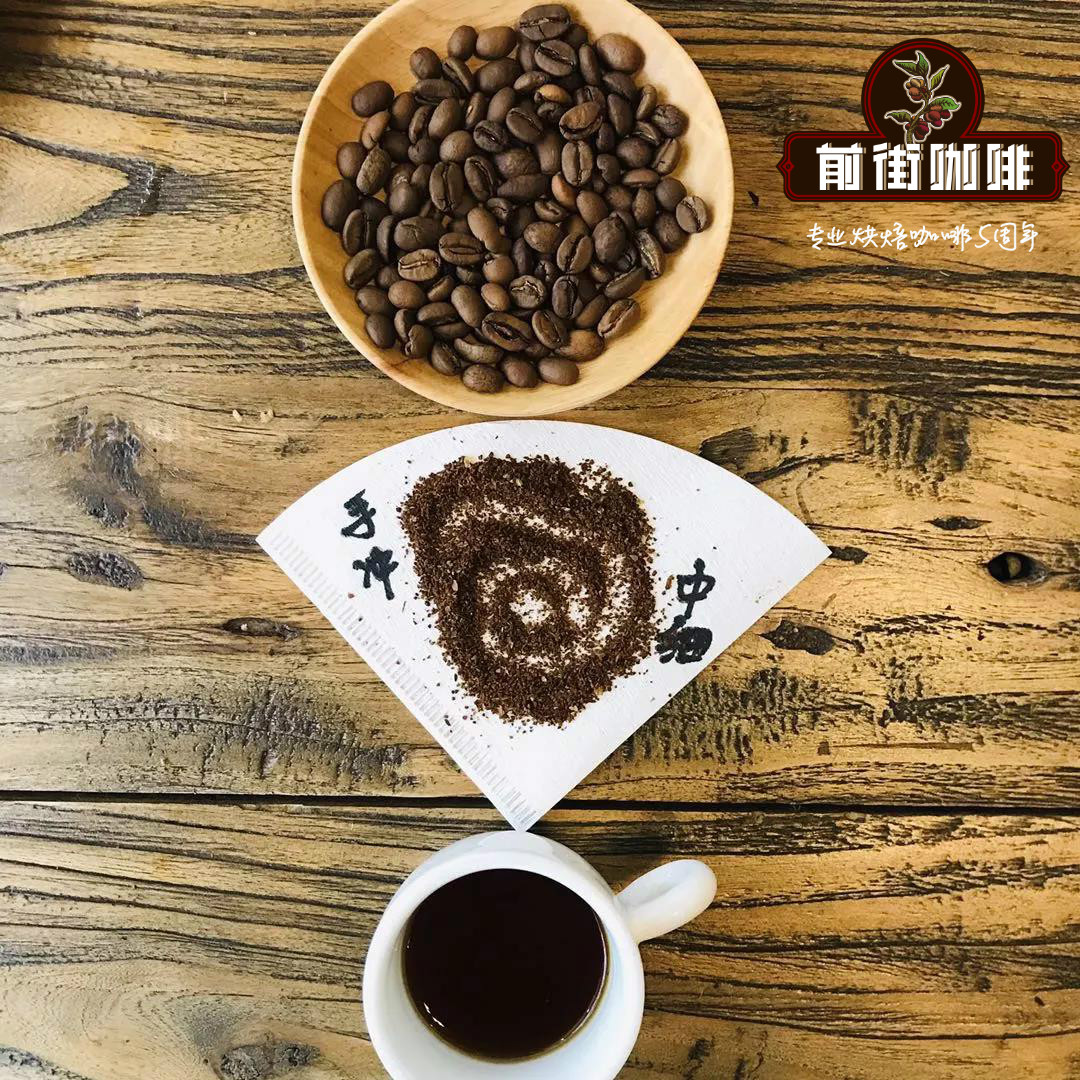
Professional coffee knowledge exchange more coffee bean information please follow the coffee workshop (Wechat official account cafe_style)
Costa Rican honey-treated coffee is very famous because its honey-processing skills are very high, and honey-treated coffee is divided into different grades. The higher the grade, the sweeter the coffee beans and the higher the relative price. Black honey is the coffee bean with the highest grade of honey treatment, so is the coffee treated with black really sweet? You will know after reading this article.
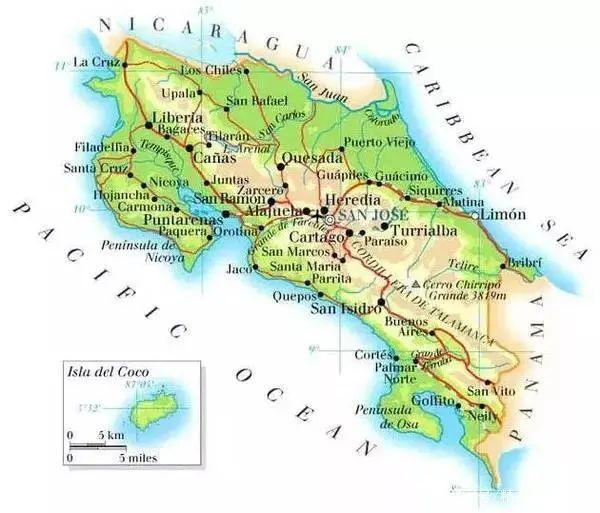
Costa Rica has seven coffee producing areas, of which Tarazu, the central valley and the western valley are the three most well-known and of the best quality. Finca Sumava de Lourdes is located in the western valley of Costa Rica, near the city of Naranjo, 1700 meters above sea level, with 10 hectares of Villasarchi, 2 hectares of SL28, 1 hectare of geisha and others. Francisco Mena, the manor owner, and Jose Ordonez, the manor manager, lead a full-time team. In addition to growing a variety of coffee varieties, the park also reserves a large area of land as a forest reserve, giving wild animals a natural habitat. It is a high-quality coffee farm in Colombia.
Shumawa Manor uses the black secret treatment method to deal with Vera Saatchi varieties with colorful and diverse flavors. Villa sarchi is a rare variety cultivated by local coffee farmers in the western valley through the bourbon tree species exchange. It is resistant to strong winds, likes high altitude environment, has excellent flower aroma and elegant acidity, diverse flavor, rich fruit flavor and sweetness.
Generally speaking, you may be familiar with washed and sunburned coffee beans, and there is also a method of post-processing of raw coffee beans called "Honey Processing", which we call "peeling and tanning". After the thick peel of the coffee cherry is removed, the sticky pulp layer below it is retained. Next, it does not use fermentation to remove the sticky pulp layer. Instead, it is allowed to dry directly with this layer, and then remove the sticky layer and shell. But the difficulty is that during the drying process, as the sticky pulp layer is still on the coffee beans, it must be turned frequently in the first few days to prevent the coffee beans from sticking together. Therefore, it requires more labor than the general washing method, and the labor cost is higher.
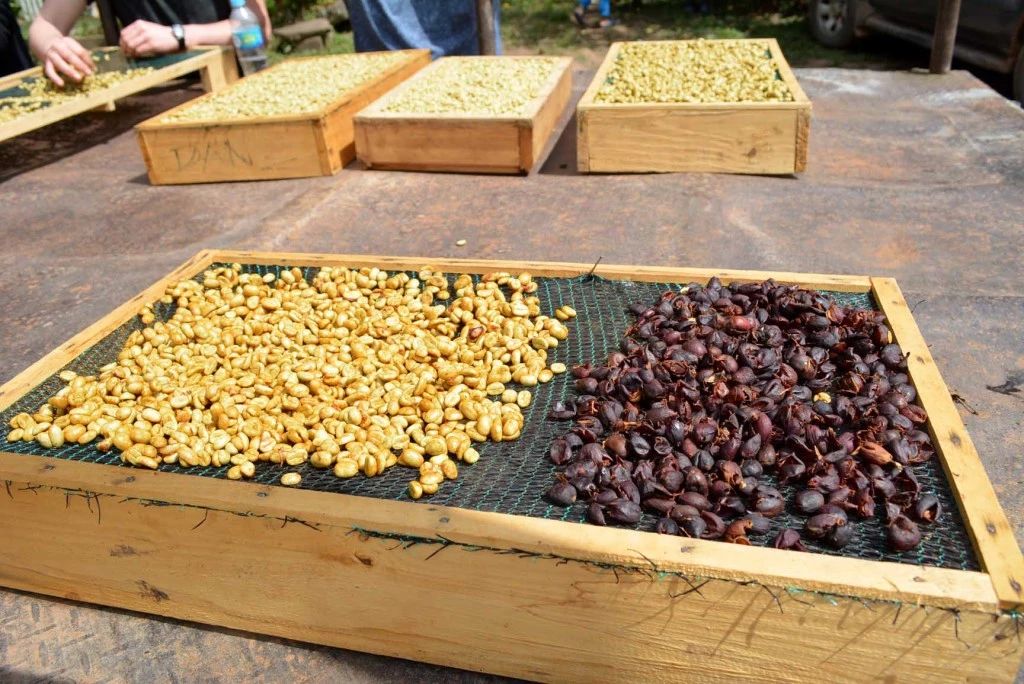
The advantage of honey treatment is to enhance the Body and sweetness of coffee, relatively reduce its acidity, and the aroma will be more meticulous, and the quality of raw beans can be the same as that of water washing, but this is the taste when honey treatment is carried out perfectly. if it is not handled well, the flavor will be worse than water washing or sun exposure, and it will taste dirty and have a strong local flavor.
To put it simply, honey treatment is a way to remove the sticky pulp after removing the peel of coffee cherries, then dry it, and then remove the pulp layer and pectin layer, but it needs to be turned continuously with high frequency during drying to avoid mildew caused by sticking between the pulp; at the same time, it is also necessary to avoid excessive fermentation, so it will require more manpower and time costs than other treatment methods.
When talking about honey treatment in detail, the retention ratio of flesh can be roughly divided into the following categories: 10% Murray 15% pulp [white honey] 30% UV 40% flesh [yellow honey] 50% UV 60% flesh [red honey] 70% UV 80% flesh [black honey]. Basically, the more pulp you leave, the sweeter and thicker the body will be.
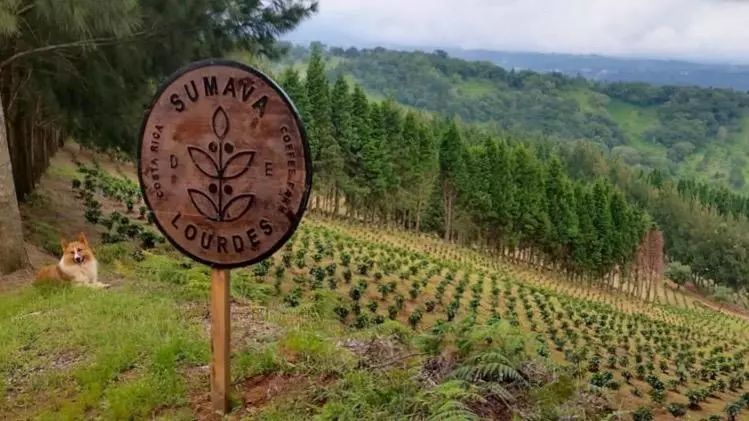
| | Manor introduction |
Shumawa Manor
[Shumawa Manor] is located in the western valley, and the production season is mostly from November to March. It is regarded as a producing area with a longer harvest period, which is blown by more Pacific airflow, and the temperature is often cooler than that of other mountains at higher elevations. so the quality of coffee cherries and seeds is excellent.
Shumawa Manor, Costa Rica, is a very young manor; Francisco Mena, who was originally engaged in the coffee trade, bought the land and retained most of the original forests, only a small part of it was developed as a coffee growing area to maintain the natural ecological balance of the estate.
Shumawa Manor is about 1670-1790 meters above sea level. In the western valley, another well-known producing area in Costa Rica, the poor temperature, coupled with fertile soil, is very suitable for coffee cultivation.
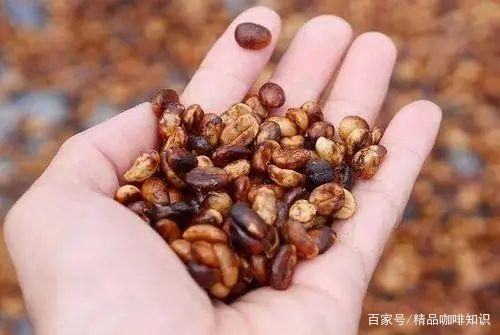
| | handling method |
This bean treatment is all treated with black honey, which first appeared in Costa Rica in Central America, mainly because of the lack of water resources in some high-altitude areas of Central America. Therefore, after using the pulp sieving machine, the coffee fruit is dried in the sun together with the pulp mucous membrane.
Pectin mucous membrane is the part with the highest content of coffee fructose, and it is also an important part of coffee fermentation. It can be said that 80% of this part determines the supply of nutrients in the process. White honey retains 30% pectin, yellow honey retains 60% pectin, red honey retains 75% pectin, and black honey hardly removes pectin.
The variety of [Shumawa black honey] is Kaddura. The raw bean granules are small and vary in size, with a hint of fruit and grass aroma.
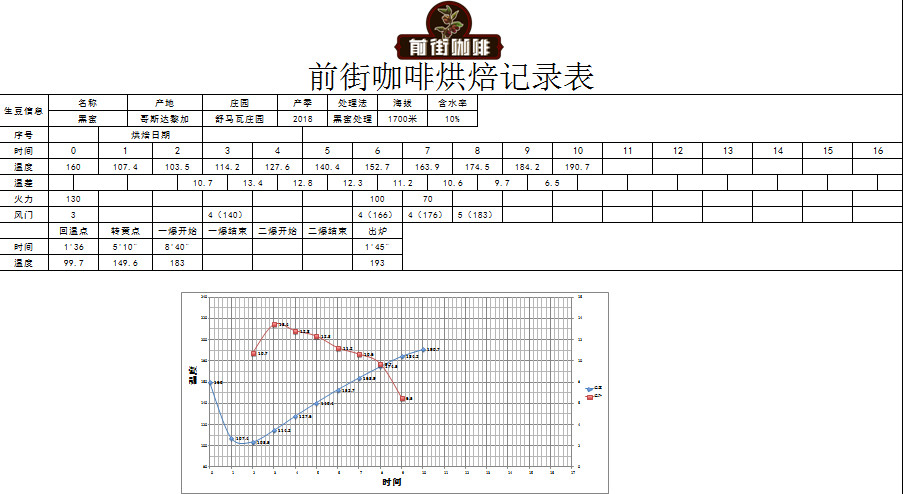
| | Baking analysis |
[Shumawa Heimi]
Yellow point 5'10 ", the first explosion begins at 8: 40", the temperature is 185 ℃, and the temperature is 1: 45 "after the explosion, the temperature is 193 ℃.
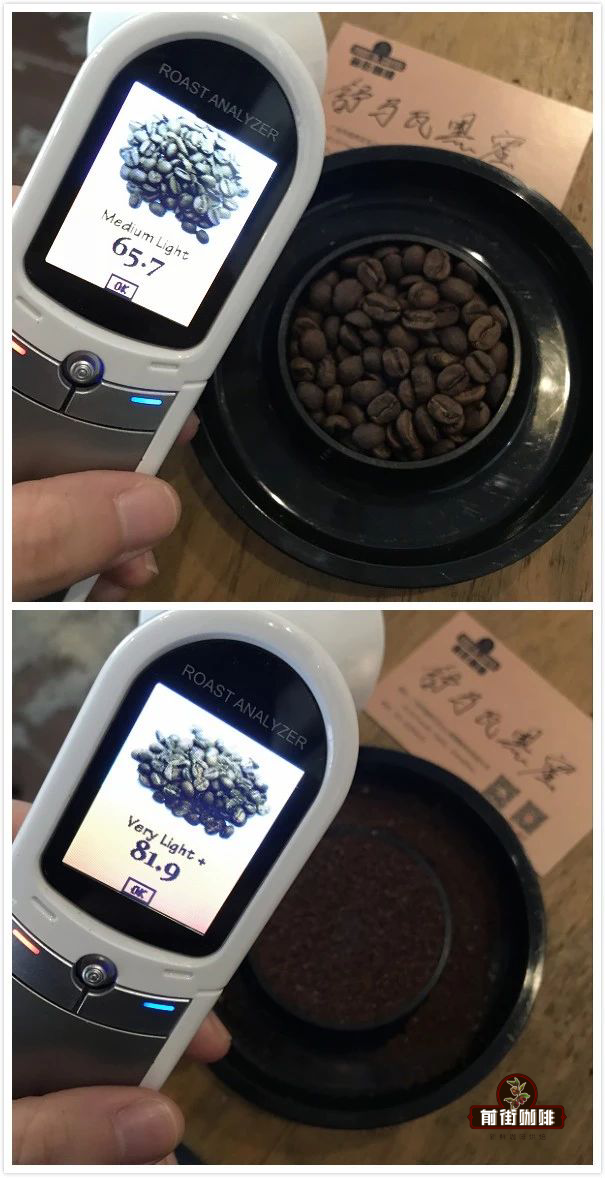
Agtron bean color value is 65.7 (above), Agtron pink value is 81.9 (bottom), Roast Delta value is 16.2.
| | flavor |
Cup test
[Shumawa black honey] fermented fragrance, brown sugar, sweet spices, flower scent, citrus, caramel, nuts
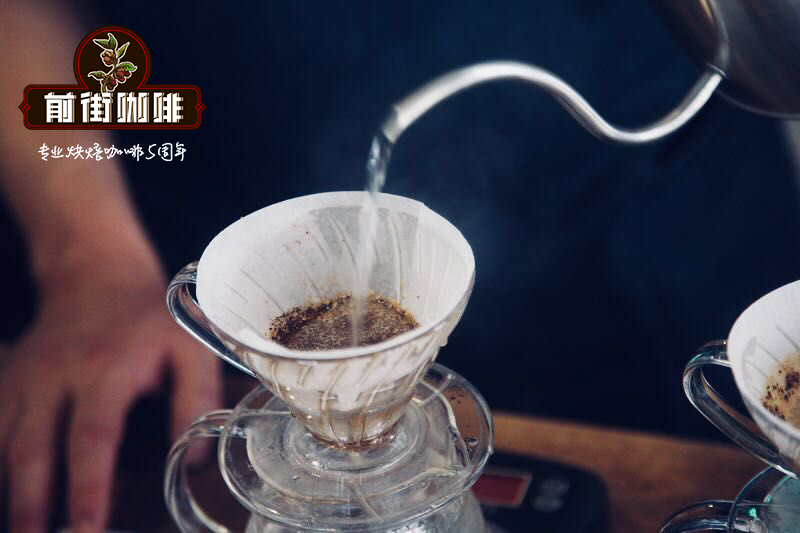
Hand punch
Parameters & techniques: powder quantity: 15g; degree of grinding: medium and fine grinding, that is, fine sugar size (VARIO 50: Chinese standard No. 20 sieve pass rate 57%); water temperature: 90 ℃; powder-water ratio: 1:15.
Steam with 30 grams of water for 30 seconds, pour water to about 120 grams in sections, continue to inject water to 226 grams when the water level is about to expose the powder bed, and remove the filter cup when the water level is about to expose the powder bed.
[Shumawa black honey] Wet fragrance has sweet spices and a hint of fermentation, with sweet and sour flavors of citrus, blackberries, oranges and cherries in the mouth, almonds and raisins in the middle, and caramel in the end.
Important Notice :
前街咖啡 FrontStreet Coffee has moved to new addredd:
FrontStreet Coffee Address: 315,Donghua East Road,GuangZhou
Tel:020 38364473
- Prev
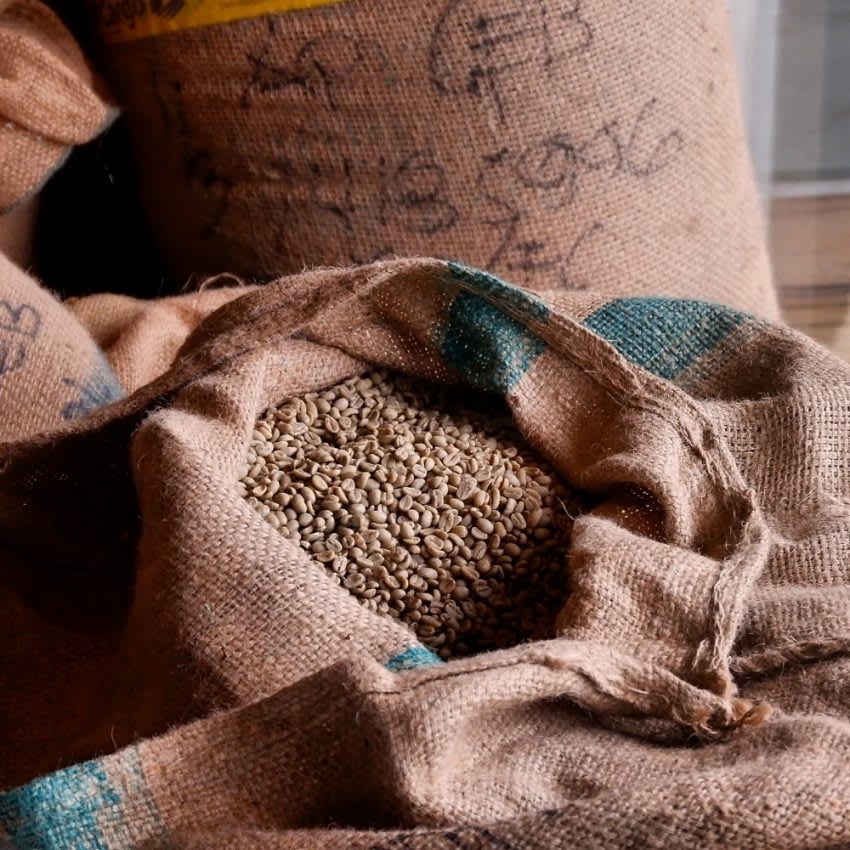
A full introduction to the trading model of raw coffee and beans? What are the ways to buy and sell raw coffee beans?
Professional coffee knowledge exchange more coffee bean information please follow the coffee workshop (Wechat official account cafe_style) every cup of delicious boutique coffee is the crystallization of a lot of painstaking efforts. Before the baker gets the coffee beans, he needs to know how to manage money, cultivate contacts, and negotiate for a few days. But what is the trading mode of raw coffee beans? Whether you are a producer, a bean baker or a consumer, if you know better
- Next
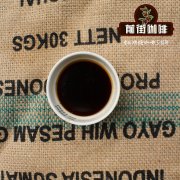
How does Costa Rican coffee taste? And the suitable roasting of Costa Rican coffee.
Professional coffee knowledge exchange more coffee bean information please follow the coffee workshop (Wechat official account cafe_style) Costa Rican coffee is located in the southern Republic of Costa Rica, its flavor is similar to Colombian coffee, coffee is an important economic source of Costa Rica, introduced in 1808, has a history of more than 200 years, Costa Rica has about three
Related
- Detailed explanation of Jadeite planting Land in Panamanian Jadeite Manor introduction to the grading system of Jadeite competitive bidding, Red bid, Green bid and Rose Summer
- Story of Coffee planting in Brenka region of Costa Rica Stonehenge Manor anaerobic heavy honey treatment of flavor mouth
- What's on the barrel of Blue Mountain Coffee beans?
- Can American coffee also pull flowers? How to use hot American style to pull out a good-looking pattern?
- Can you make a cold extract with coffee beans? What is the right proportion for cold-extracted coffee formula?
- Indonesian PWN Gold Mandrine Coffee Origin Features Flavor How to Chong? Mandolin coffee is American.
- A brief introduction to the flavor characteristics of Brazilian yellow bourbon coffee beans
- What is the effect of different water quality on the flavor of cold-extracted coffee? What kind of water is best for brewing coffee?
- Why do you think of Rose Summer whenever you mention Panamanian coffee?
- Introduction to the characteristics of authentic blue mountain coffee bean producing areas? What is the CIB Coffee Authority in Jamaica?

